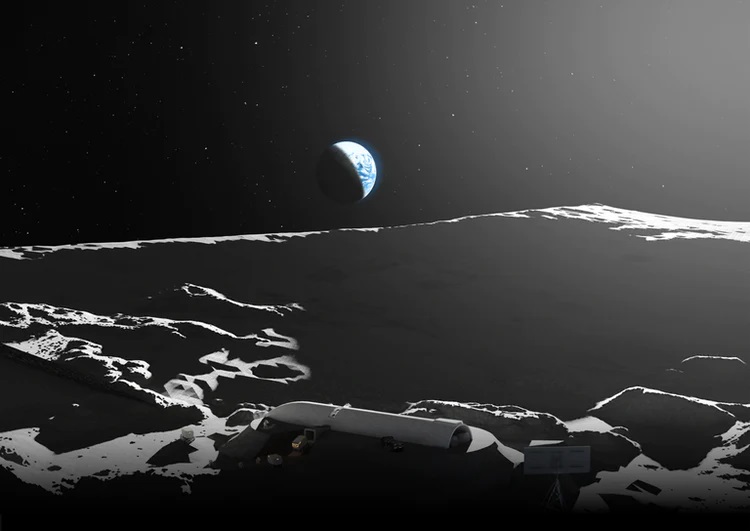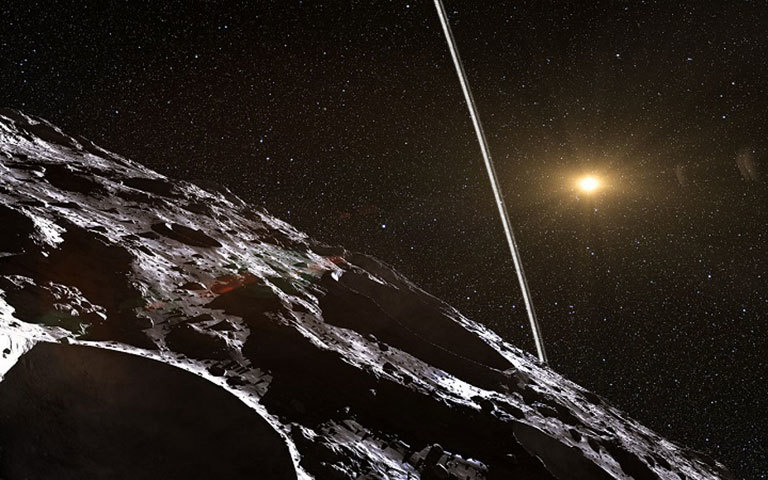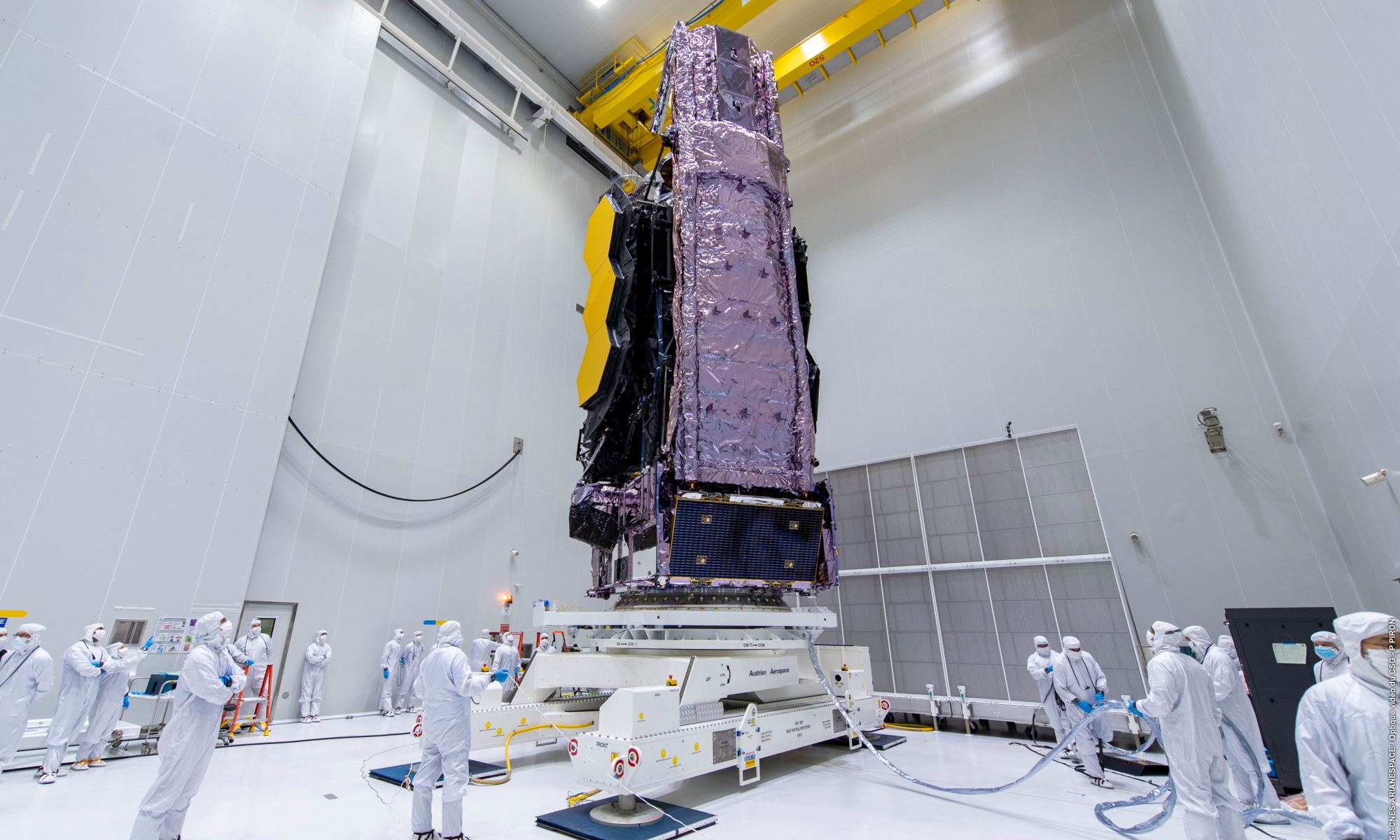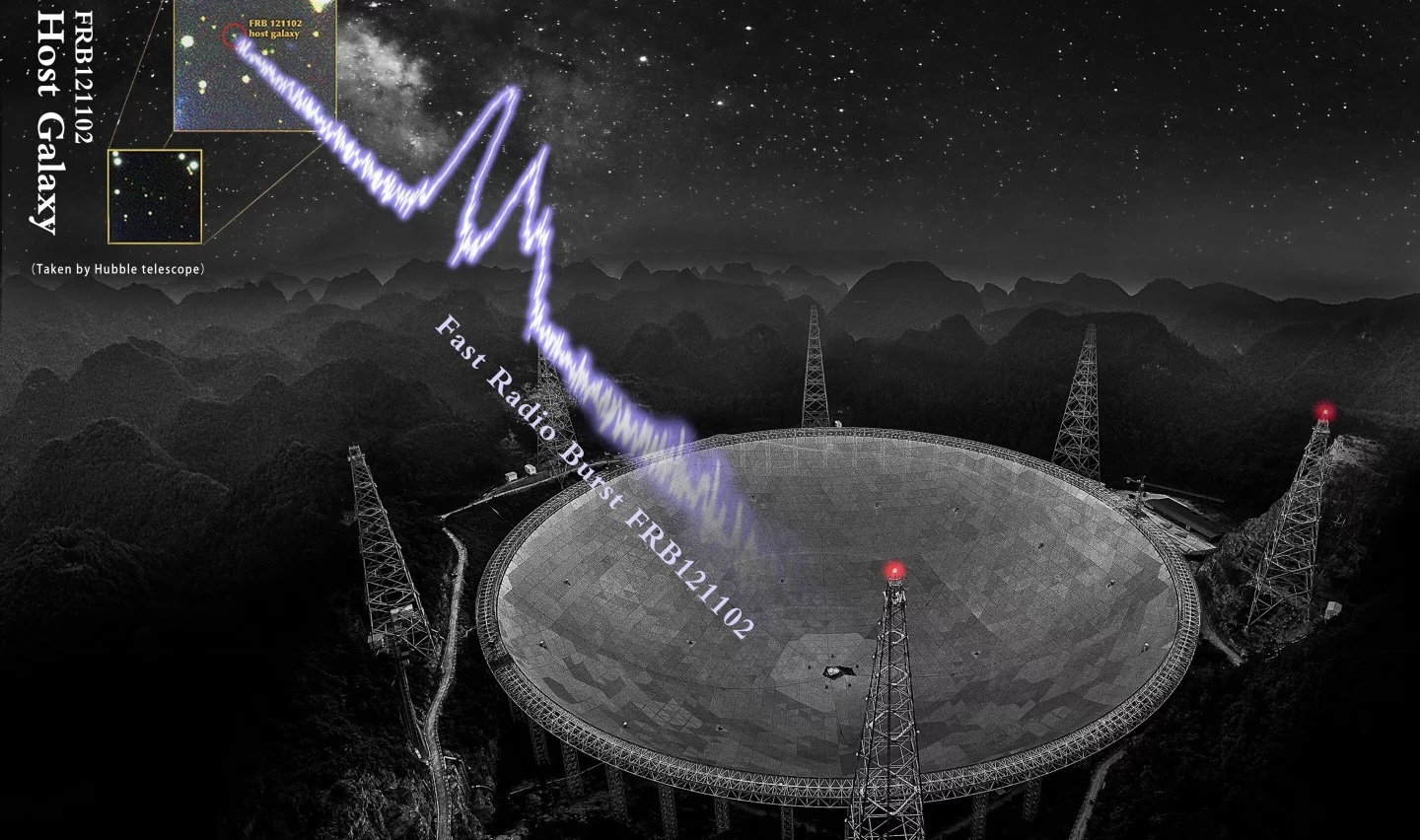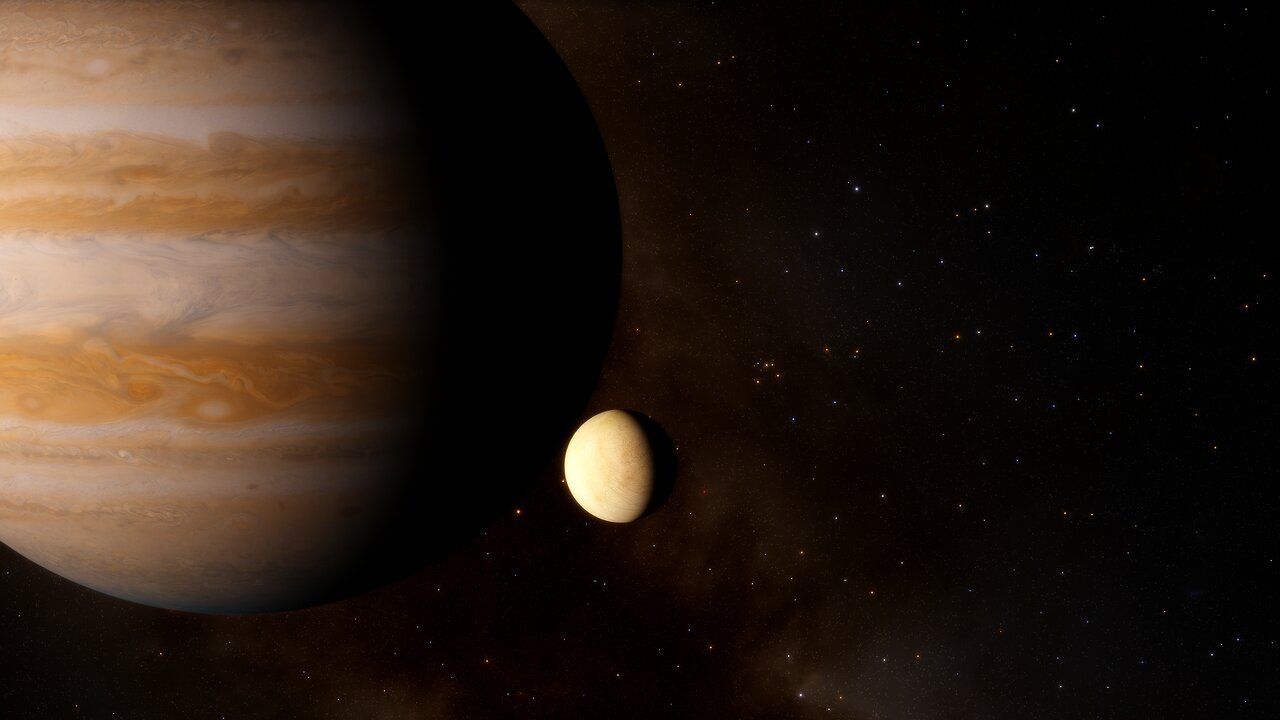Blue Origin has certainly stepped up its game of late! After stepping down as the CEO of Amazon, Jeff Bezos has made it his personal mission to take the company he founded in 2000 and turn it into a powerhouse of the commercial space sector. Between some high-profile missions involving the New Shepard – which included passengers like Wally Funk, William Shatner, and even himself and his brother – Bezos has also been outspoken about his long-term vision.
Bezos describes this vision as “building a road to space so our children can build the future.” In the latest step towards achieving this, Blue Origin announced a new partnership with Sierra Space to develop a commercial space station in Low Earth Orbit (LEO), known as “Orbital Reef.” This mixed-use space station, which is to be completed by the end of this decade, will facilitate commerce, research, tourism, and facilitate the commercialization of LEO.
Continue reading “Blue Origin Announces the “Orbital Reef,” the Space Station they Plan to Build in Orbit”

